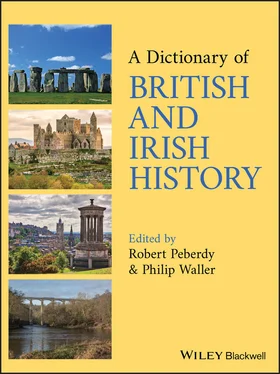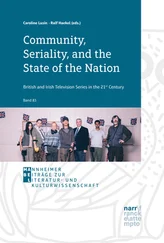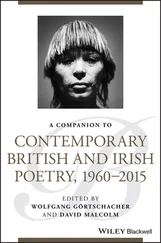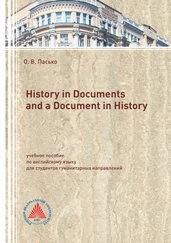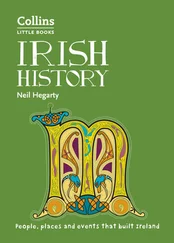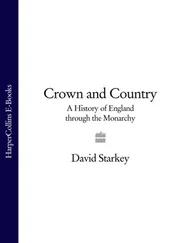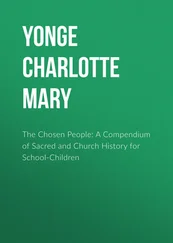BAYEUX TAPESTRYAn embroidery, at Bayeux Cathedral (in Normandy, N France), depicting the Norman invasion of England (1066). The surviving work measures 223 ft by about 20 in (68 m by about 50 cm). The end is lost. Its early history is unrecorded. It was probably made in England for ODO OF BAYEUX before 1082. See also NORMAN CONQUEST OF ENGLAND. BAYLY, LEWIS(b. in 1570s, probably at Carmarthen, Carmarthenshire, Wales; d. 26 Oct. 1631, probably in Wales, aged around 65). A combative personality and adherent of PURITANISM who wrote the popular devotional work The Practice of Piety (1611). The Welsh translation, Yr Ymarfer o Dduwioldeb (1630), was influential into the 19th century. Bayly held Church posts in England, and was bishop of BANGOR 1616–31 and patron of John DAVIES. BBCsee BRITISH BROADCASTING CORPORATION BBC WORLD SERVICEName used from 1965 for the international radio transmissions (or ‘external services’) of the BRITISH BROADCASTING CORPORATION. An ‘Empire Service’ in English was started in 1932, followed by an Arabic service in Jan. 1938 and French, German and Italian services during the MUNICH CRISIS (Sept.). By the end of 1940, during WORLD WAR II, the BBC broadcast in 34 languages, rising to 45 in 1945. The Empire Service was renamed the Overseas Service (Nov. 1939), General Overseas Service (1943), and World Service (1965). Though the BBC’s overseas broadcasts were supported financially by the British government, they were considered trustworthy around the world, and sustained British influence following the decline of the BRITISH EMPIRE. In 2015 over 300 million people listened to BBC services in 29 languages. A television service was started in 1991. BEAGHMORE STONE CIRCLESA complex of STONE CIRCLES, rows and cairns in Co. Tyrone, N Ireland. The exposed part consists of seven circles, including three pairs. The circles consist of many small, closely spaced stones, and are associated with pre‐existing small cairns. The long rows lead tangentially onto the circles. Use of the site centres on c.1600 in the early Middle BRONZE AGE. BEAKER CULTURE, BRITAINA prehistoric culture defined by the appearance in the very late NEOLITHIC of ceramic vessels with an ‘S’‐shaped profile and incised decoration; made and used over the period c.2700 BC–1000 BC (including most of the BRONZE AGE). Beaker culture is often associated with the first metals. Although Beaker culture has traditionally been taken as evidence for the immigration of an ethnic group or ‘culture’, it is now thought to reflect more complex networks of contact and exchange and the use of Beakers in new ceremonial and sacred events. BEAKER CULTURE, IRELANDBeaker pots, dating from c.2500– c.1700 BC (CHALCOLITHIC PERIOD and Early BRONZE AGE), occur in settlements, ritual sites and in burials sometimes accompanied by copper daggers and an archer’s equipment. They were once regarded as evidence of an intrusive ‘Beaker Folk’, but their generally indigenous contexts imply no significant population influx. BEATLES, THEA pop music group from LIVERPOOL (NW England), consisting from 1962 of John Lennon (1940–80), Paul McCartney (b. 1942), George Harrison (1943–2001) and Ringo Starr (b. 1940). They dominated popular music in Great Britain from 1963 until their break‐up in 1970, performing many songs by Lennon and McCartney. They achieved immense success in the USA. The Beatles’ music energized 1960s YOUTH CULTURE, and remained popular worldwide. BEATON, DAVID
(b. c .1494 at Markinch, Fife, E Scotland; d. 29 May 1546 at St Andrews, Fife, aged about 52). Clergyman; appointed bishop of Mirepoix, France (1537), cardinal (1538), and archbishop of ST ANDREWS (1539). As an adviser of King JAMES V from 1528, Beaton negotiated his French marriages and in 1541 persuaded him to avoid a meeting arranged by King HENRY VIII, provoking the English invasion of 1452.
On 10 Jan. 1543, following James's death, the regent, the earl of ARRAN, appointed Beaton as CHANCELLOR (replacing Gavin DUNBAR), only to arrest and remove him (27 Jan.). Arran then arranged peace and marriage treaties with England (agreed Aug. 1543). Beaton meanwhile constructed a large opposition. In Sept. Arran capitulated to Beaton; in Dec. Parliament cancelled the treaties and Beaton was reappointed chancellor. He was also a PAPAL LEGATE from 1544. As a fervent opponent of Church reform, Beaton had George WISHART burnt for heresy (1 March 1546), provoking his murder by Wishart's supporters. See also SCOTTISH–ENGLISH RELATIONS 1357 TO 1603.
BEAUFORT, EDMUND
(b. c .1406; d. 22 May 1455 at St Albans, Hertfordshire, England, aged 49). Beaufort was involved in the French wars in the 1420s–30s ( see HUNDRED YEARS WAR). He was created earl of Dorset in 1442, marquess in 1443. In 1444 he succeeded his brother as earl of Somerset, becoming the head of the Beaufort faction in English politics. He replaced Richard, duke of YORK, as lieutenant of France and Normandy in 1447 and was created duke of Somerset in 1448.
Somerset’s direction of the war was disastrous: by June 1450 the remaining English‐held lands in N France were lost. Yet Somerset remained in favour with King HENRY VI until Henry fell ill and York became ‘protector’. Somerset was imprisoned 1454–5. On release, he rejoined the king. He was killed when royalist (‘Lancastrian’) forces clashed with ‘Yorkists’ at the first battle of St Albans. See also BEAUFORT FAMILY; YORKIST–LANCASTRIAN CONFLICT.
BEAUFORT, HENRY
(b. c .1375; d. 11 April 1447 at Winchester, Hampshire, England, aged about 71). The second illegitimate son of JOHN OF GAUNT and Katherine SWYNFORD, Beaufort was appointed bishop of LINCOLN (1398), then of WINCHESTER (1404). Under King HENRY IV (half‐brother) he was CHANCELLOR 1403–5 and a leading member of government 1410–12.
Under HENRY V (nephew, ruled 1413–22), Beaufort served as chancellor (1413–17) and provided loans for war in France ( see HUNDRED YEARS WAR). During the (Church) Council of Constance he was appointed cardinal (1417), but Henry compelled him to refuse (1419).
Under HENRY VI (great‐nephew), Beaufort was chancellor from 1424, vying with the duke of GLOUCESTER for authority in government and over the king (a minor); in Oct. 1425 their forces met on London bridge. Their conflict was settled by the duke of BEDFORD and Beaufort resigned as chancellor (1426) with the concession of taking the cardinalate (1427). In France 1430–1, he presided at the trial of JOAN OF ARC and crowned Henry VI as king of France. He remained excluded from English government until 1435, when he also joined peace negotiations with France. After Henry VI was declared ruler (1437), Beaufort was effectively his chief minister until 1443. See also BEAUFORT FAMILY.
BEAUFORT, MARGARET
(b. 31 May 1443 at Bletsoe, Bedfordshire, England; d. 29 June 1509 at Westminster, Middlesex, England, aged 66). Margaret was the surviving child of John Beaufort, duke of Somerset (d. 1444). Her royal lineage made her marriage prospects political. After the duke of SUFFOLK attempted a union with his heir, her wardship passed to King HENRY VI’s half‐brothers Edmund and Jasper TUDOR. She married Edmund in 1455 but he died before their son Henry was born (1457). Later she married Henry Stafford (d. 1471) and Thomas Stanley (d. 1504), a YORKIST.
When HENRY VI died (21 May 1471), Henry Tudor became a LANCASTRIAN claimant to the English throne held by the Yorkist EDWARD IV. Margaret urged him into exile in Brittany. He invaded in 1485 to depose RICHARD III. Margaret lived through Henry’s reign, honoured as ‘the king’s mother’ ( see HENRY VII). She was patron of William CAXTON (by 1489) and founded colleges at CAMBRIDGE. See also BEAUFORT FAMILY; YORKIST–LANCASTRIAN CONFLICT.
Читать дальше
